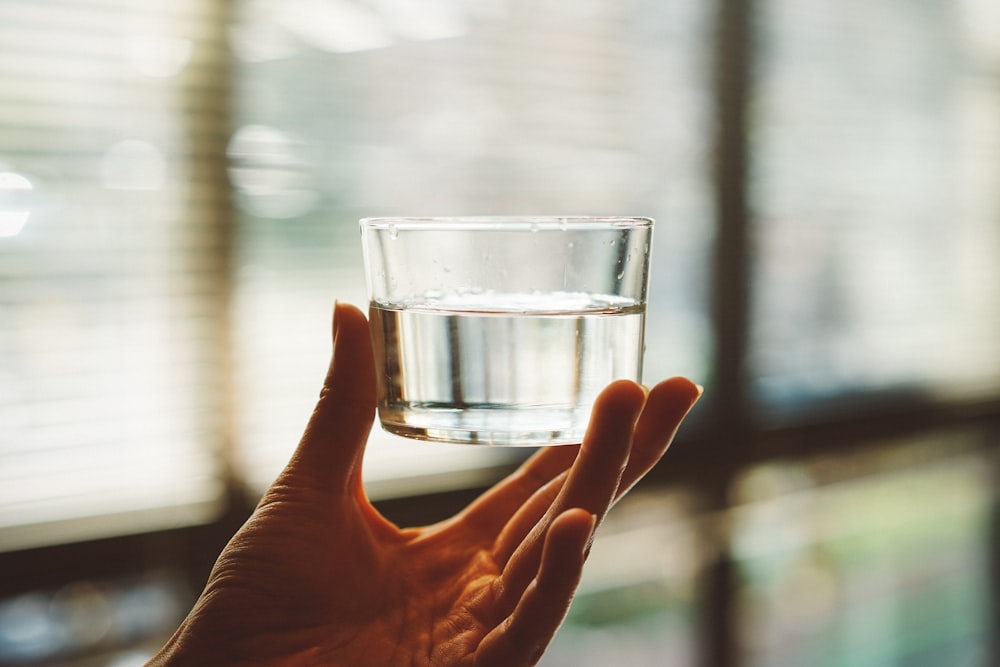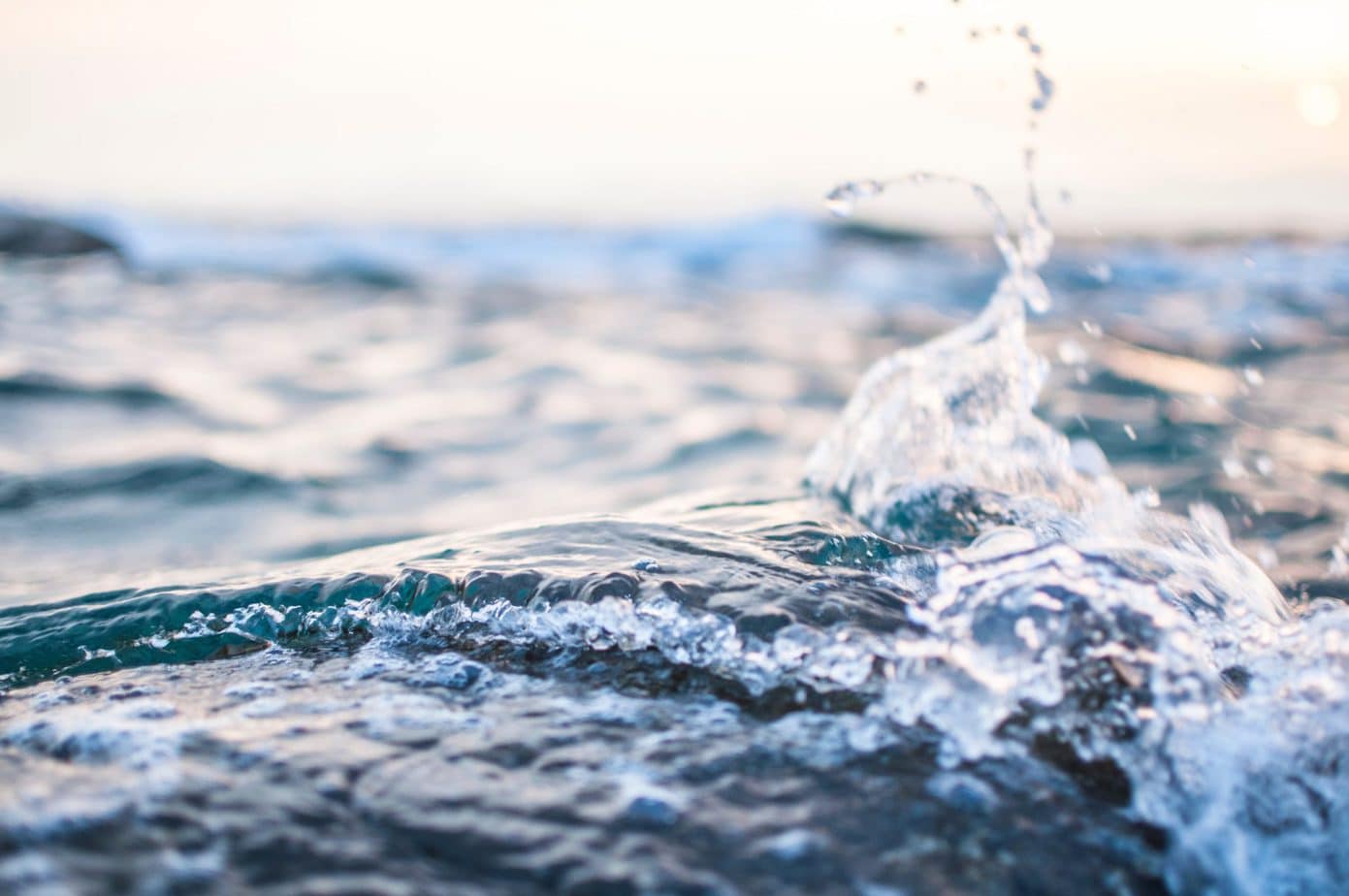Water is important
Undeniable truth right?
And the funny thing is, that although 70.9% of our world is covered in water, only 0.03% of this water is actually suitable for our consumption.
“However, this 0.03% of water is crucial for us humans. It is not only the most important means for us to survive but our bodies are actually made out of 60 percent water. Among the many other bodily functions, we use water in all our cells, for the functioning of our organs, for our tissue, and to help regulate our body temperature. We use water for all kinds of purposes; in fact, worldwide, we use more than 4 trillion cubic meters of water every year. It is estimated that by 2050, water demand is expected to increase from 20% to 30%.”
But we aren’t the only living beings on this earth that require water to survive. Every. Living. Thing. Does. This earth needs water for its survival. If there was no water, there would be no life on earth.
You get the point: water should not be taken for granted.
But consumers have grown so used to having water simply flow out of our taps, they tend to forget these facts. Just really think about it: do water footprints pop up in your head when you think about the environmental impact of the cheese you eat during your afternoon drinks?
Most of the time it probably doesn’t. And that’s okay, we didn’t really think about it either.
But it should not happen. And companies can play a big role in that.

Hidden Water Footprints Everywhere
The human population is big. Very big. And with 7.8 billion people, obviously comes the necessary food and other means (everyday use- or luxury products, etc.) needed for maintaining the lives of these 7.8 billion people.
Although the main production of these means sadly only reaches a smaller, richer part of the world’s population, the production is still incredibly huge and keeps growing every day. Resulting in an equally growing water demand.
Indeed, it may not be visible to the eye. But it is unquestionable that millions of liters of water are used for consumer goods such as plastic, fashion, metal, vegetables, meat, cars, etc.
And the thing is, most of this water is hidden water (sometimes also called ‘virtual water’). Hidden water is the water that is not felt or seen/noticed by the general population, but is necessary for almost every step in the production process of many raw materials and finished products people consume.
This so-called ‘Water Footprint’ of a product, company- or country, was created by Dutch professor Arjen Ysbert Hoekstra (what’s it with the Dutch and water right?). The Water Footprint can be calculated when you add up all the gallons of water that are required, polluted, and dumped, or evaporated for every step within the supply chain of a product.
And most of the time these final numbers aren’t great.
Different kinds of Footprints
To specify a bit more, The Water Footprint Network, who aims to promote the transition to more sustainable water usage worldwide, splits this water footprint into three concrete categories:
- The Blue Water Footprint: The amount of surface water and groundwater that is required (evaporated or used directly) in order to produce an item.
- The Green Water Footprint: The amount of rainwater that is required (evaporated or used directly) in order to make an item.
- The Grey Water Footprint: The amount of freshwater required to dilute the wastewater generated in manufacturing, in order to maintain water quality, as determined by state and local standards (product example: phones).
Alright, we use a lot of water, why is this important?
This topic is important because our global demand for water (which was 4.600 km3 per year in 2019) will increase by 20% to 30% in 2050 (so from 5.500 to 6.000 km3 per year).
Furthermore, by 2025 our global population will most likely have increased from 22% to 32% (so from 9.4 to 10.2 billion people). However, clean water is already a scarcity for the 7.7 billion people living in our world right now. So, you can imagine that this strain on our water system will only increase as our world‘s population does as well.
In short: the demand for water will exceed the water availability.
But that’s not all. Approximately 57% of the global blue water footprint (the amount of surface water and groundwater that is required, evaporated or used directly) is shown to violate the environmental flow requirements.
This violation entails that not enough water is purposefully left in or released into our aquatic ecosystems in order to maintain the proper usage conditions for us. This is not very handy, because we need to be able to constantly safely use/reuse water in the future of course.
And as the cherry on top; 80% of the industrial and municipal wastewater that is released back, is also released untreated.
You get the point.
We need to start caring more about our water. Companies should start caring more about their water. How it’s shared, how it’s used, where it comes from, in what quantities it’s used, and how it’s returned after use.
This means that it is quite necessary to make consumers more aware of the amount of water that is used in their (every day) products. More awareness, means more pressure for change and hopefully smarter use of water right?
We already have carbon footprints on products, how about adding some water footprints as well? (We’re talking to you Oatly)
Against what many people may think, using water for your products isn’t necessarily bad. We have quite a lot of water in the world that we can use. However, it should be used in a smart, sustainable, and non-polluting way in order for us to keep using it safely in the future. Which currently isn’t the case.
Interested in calculating your personal water footprint per year? With the water footprint calculator created by the Water Footprint Network, you’ll find out how much water you consume yearly. You can calculate your water footprint here.
Agriculture: the thirstiest industry
But in order to do something about water footprints, it is important to know where the biggest water footprints lie.
There are quite some thirsty industries out there, but the most thirsty of them all is the agricultural sector.
Nearly 92% of our global water footprint (in 2018) belongs to the production of food. It is no surprise that agricultural production is the main consumer of water on this planet. And the global demand for water in agriculture will increase by 60% by 2025 alone.
Within the agricultural sector, you probably already guessed that beef is the biggest water consumer (1.500 liters of water for a 100-gram veal fillet), however, did you know that coffee comes in second place?
So food for thought: around 18.900 liters of water are needed to produce just 1 kilo of roasted coffee. Therefore, next time you’re drinking a cup of coffee, just keep in mind that you’re drinking an additional ‘hidden’ 130 liters of water. Talking about staying hydrated…
Thirsty Fashion
Everyone knows that the fashion industry isn’t very clean. For the production of just one pair of jeans, 10.000 liters of water are used. Which is a ridiculous amount if you think about it.
And this is all mainly because of cotton. Cotton is the most-liked- and used fiber in the textile industry. Unfortunately, cotton also has the biggest water footprint (consumption and pollution). 222 billion cubic meters of water are required to produce the yearly amount of cotton used in the world, which is makes up 3.5% of the global water consumption for agriculture.
Furthermore, next to all the irrigation water (45% of water use) and rainwater (41% of water use) necessary for growing a single cotton plant, there is also a large unsustainable remaining amount of water (14% of water use) with fertilizers, pesticides, insecticides and other pollutants. Therefore, the production of cotton clearly shows the grey water footprint concept, the water footprint that often has a negative environmental impact.
Although cotton only occupies 2.4% of the world’s cropland it accounts for 24% of the world’s insecticide use and 11% of pesticides. Therefore, the final shocking water footprint calculation of the cotton industry already contaminates 50 billion cubic meters of water. Every. Year.

So, how can I play my part as a company?
In the end we don’t want our water to run out because of bad usage. That wouldn’t be great.
But the main goal- for now, is that we need to prevent our water from becoming unusable because of contamination and overuse. Indeed, this not only has consequences for our own water availability in the future but also has environmental consequences (entire ecosystems depend on it).
There is still enough water on this wonderful planet, we just need to make sure we can reuse it and keep it clean.
Therefore, as a company, we advise you to take a critical look at your water impact by calculating your water footprint. This way, you can understand the water-related business risks, and look for innovative ways to reuse, clean, or decrease the amounts of water you use.
For example, if your water comes from a scarce water source, this will negatively impact your water footprint. Looking for better water sources and retrieving it environmentally friendly, already heavily decreases your water footprint.
A company (and customer) that has effectively tackled its water footprint is Saitex, a denim factory that recycles 98% of all their water. By doing so, they are saving 430 million liters of water per year. You can watch the video below to get an idea of their water-saving measurements.
Let’s dive deeper
A water footprint can be calculated for a process, a product’s entire supply chain or for an entire business.
At Ecochain we also calculate the water impact of companies or products when we conduct an LCA (Life Cycle Assessment) to measure a company’s- or product’s environmental footprints. For these calculations, we look at the Blue, Green, and Grey Water Footprints*. For the Blue and Green Water Footprint, this means that we look at the tap water, rainwater, ditch water, and groundwater used in a production process(es). Regarding the Grey Water Footprint, we incorporate the wastewater in the calculations.
- * The Blue Water Footprint: The amount of surface water and groundwater that is required (evaporated or used directly) in order to produce an item.
- * The Green Water Footprint: The amount of rainwater that is required (evaporated or used directly) in order to make an item.
- * The Grey Water Footprint: The amount of freshwater required to dilute the wastewater generated in manufacturing, in order to maintain water quality, as determined by state and local standards (product example: phones).
However, with the new standard PEF (Product Environmental Footprint) method for LCAs that will roll out in 2021, more emphasis will also be placed on water scarcity when calculating environmental footprints. In the future, more and more environmental focus will be placed on water when it comes to environmental impact. Therefore, we highly suggest companies don’t start too late: water should not be overlooked. By calculating your environmental footprint through an LCA, you receive intel on your water footprint- and act on it.
Measuring Life Cycle Assessments (LCA) was never this easy with Mobius.
MORE ABOUT MOBIUS

